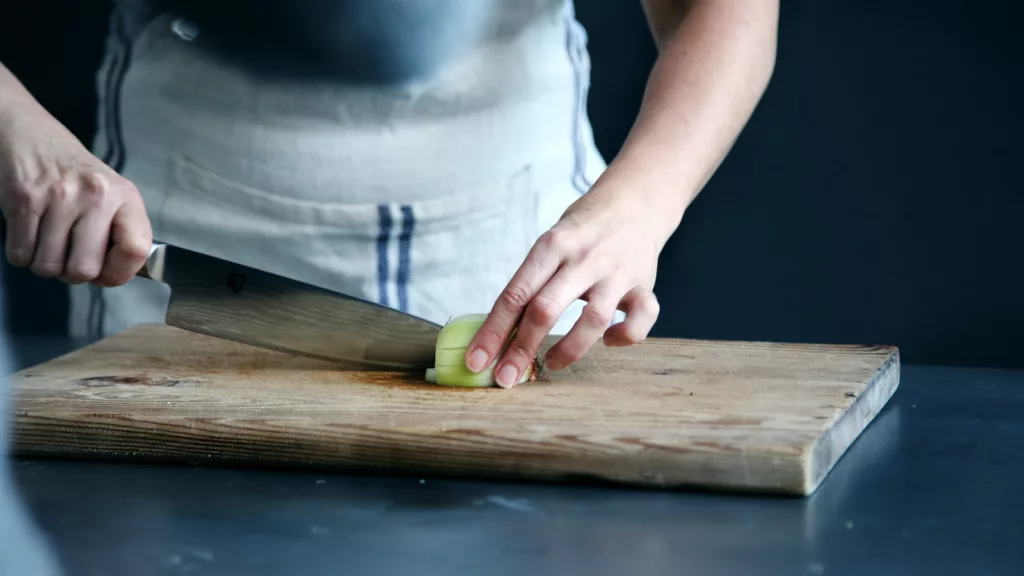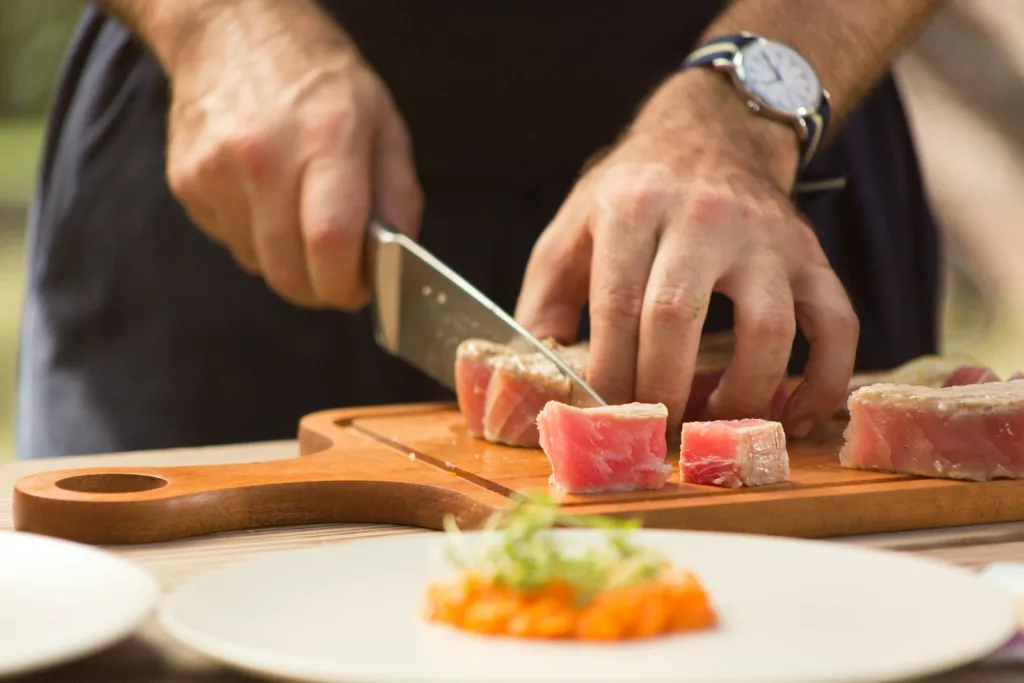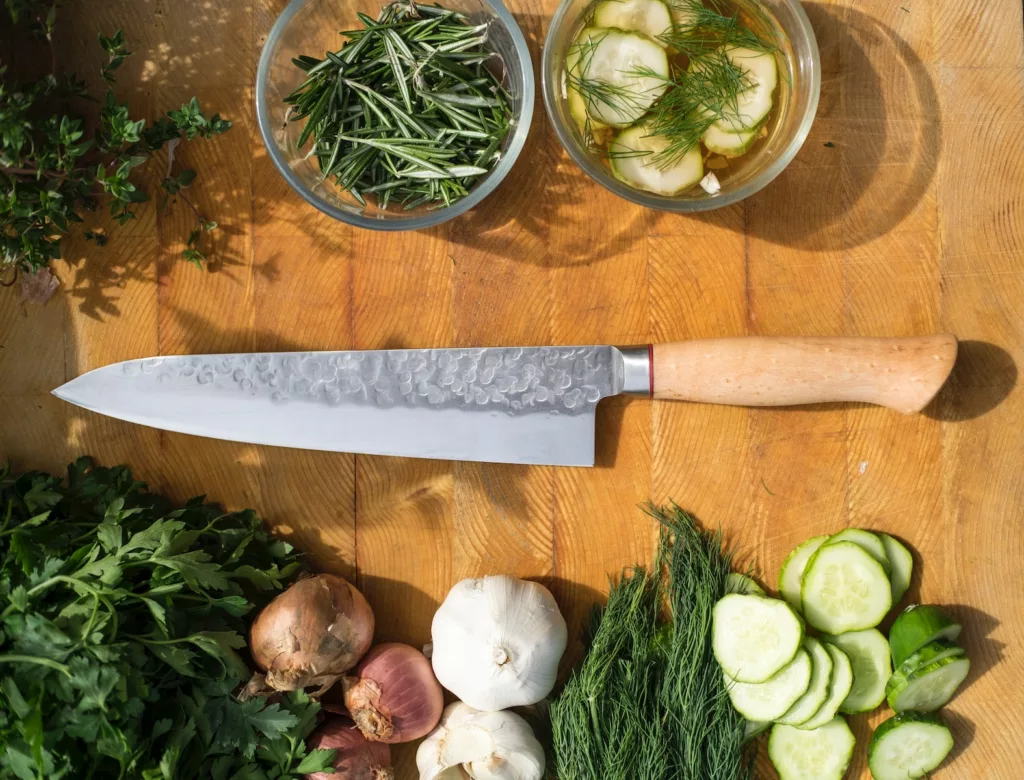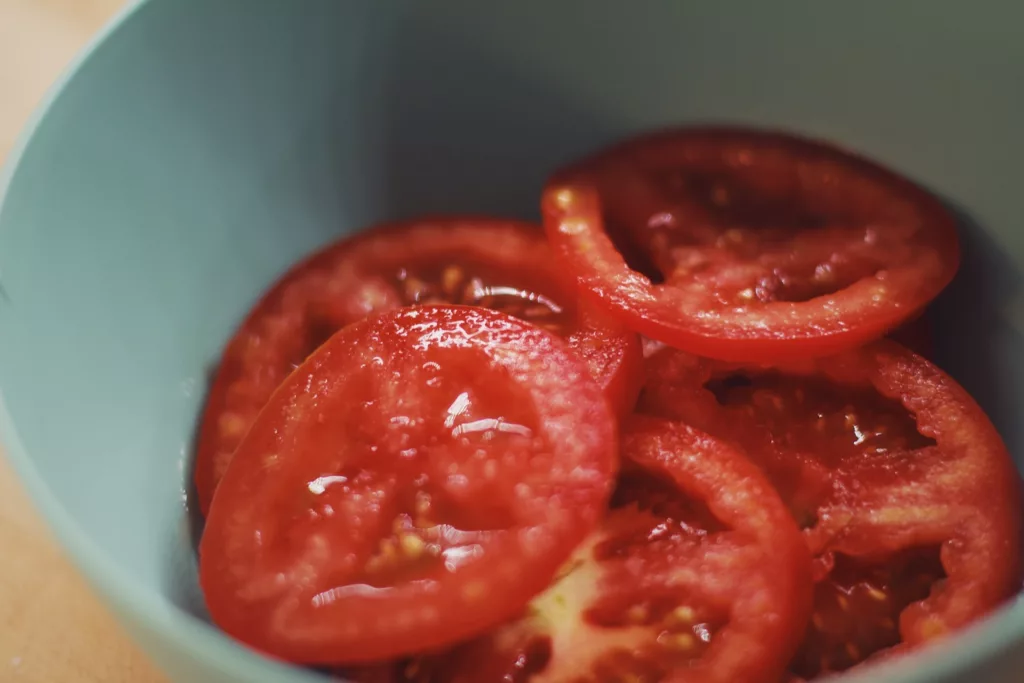A sharp knife is an essential tool in every kitchen, whether you’re a professional chef or a home cook. Dull knives not only make food preparation more challenging but also increase the risk of accidents due to slipping. Recognizing the signs that your knife needs sharpening will help you maintain its performance and keep your kitchen safe. In this blog post, we’ll discuss the telltale signs that your knife needs professional sharpening, so you can enjoy efficient and precise cutting every time.

One of the most obvious signs that your knife is dull is when it struggles to cut through foods that it once sliced with ease. If you find yourself applying more pressure than usual to cut through vegetables, fruits, or meats, it’s time to consider sharpening your knife. A sharp knife should glide through most ingredients with minimal effort.

A properly sharpened knife should cut cleanly through food without causing unnecessary damage. When your knife is dull, it tends to squish or crush ingredients instead of slicing them. For instance, if your knife is flattening tomatoes, bruising herbs, or mashing bread as you slice through them, it’s a clear indication that your blade needs attention.
A dull knife is more likely to slip while cutting, increasing the risk of injuries. If you notice that your knife is sliding off the surface of the food instead of cutting into it, take it as a warning sign that your blade is not as sharp as it should be. Always prioritize your safety in the kitchen by ensuring your knives are well-maintained and sharp.

Another sign of a dull knife is when the side profile of the knife blade is no longer smooth and has noticeable chips and bends on the knife edge. A knife edge should be smooth and uniform, if you see signs of chips it is best to sharpen those chips and bends out or take it to a local knife sharpener.

A simple way to test the sharpness of your knife is the tomato test. Place a ripe tomato on a cutting board and gently press the blade against its skin. A sharp knife should puncture the skin and begin slicing with minimal pressure. If your knife fails to cut the tomato skin or requires significant force to do so, it’s an indication that your knife is dull. For an example of a sharp knife tomato test watch this video!
Another quick test to determine the sharpness of your knife is the paper test. Hold a piece of standard printer paper by one edge and attempt to slice through it with your knife. A sharp blade should cut through the paper effortlessly, while a dull knife will struggle or tear the paper. For an example of a sharp knife paper test watch this video!
Keeping your knives sharp is crucial for efficient food preparation and maintaining safety in your kitchen. By paying attention to these signs, you’ll know when it’s time to have your knife professionally sharpened. Don’t let a dull blade hinder your culinary creations or put your safety at risk. Regular knife maintenance ensures your knives are always in top condition, making your kitchen tasks more enjoyable and efficient. And remember, a local knife sharpening business is just a call away to help you restore the edge on your precious blades.
If you need professional knife sharpening in Edmonton Alberta, feel free to contact us here!
If you would like to see our work visit our YouTube channel here!